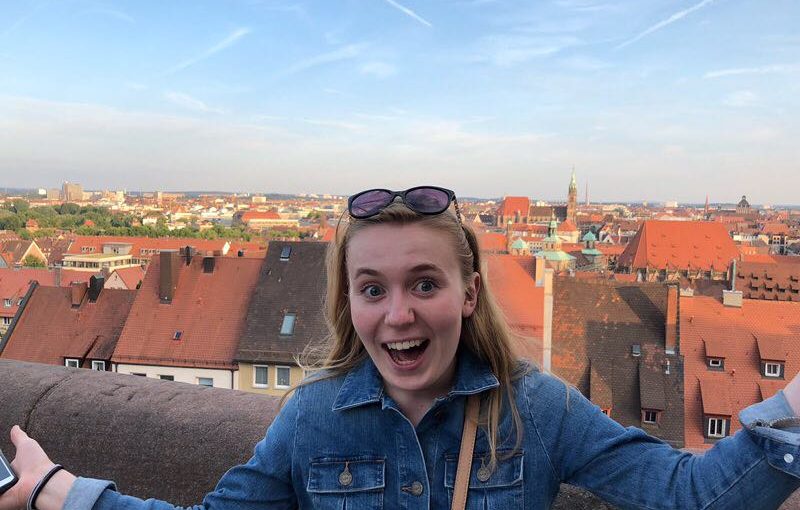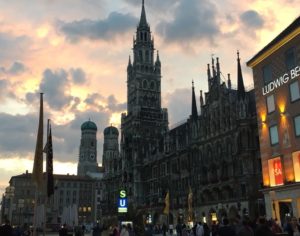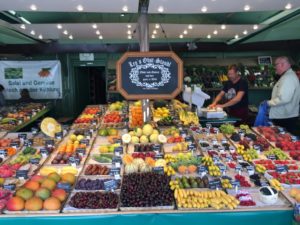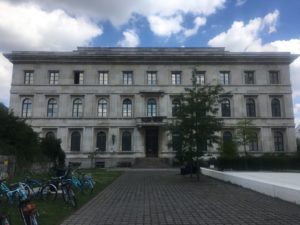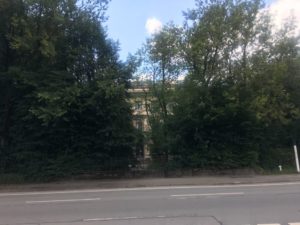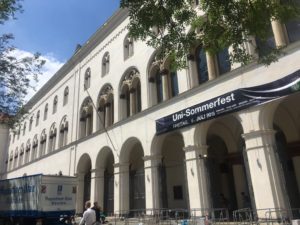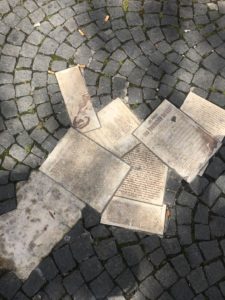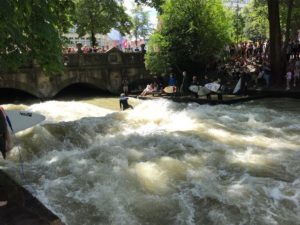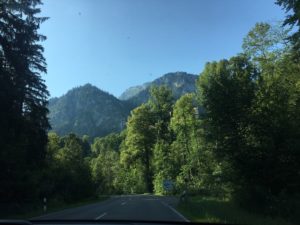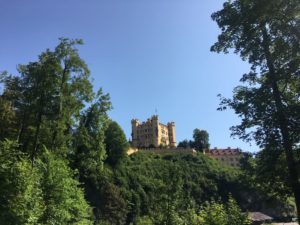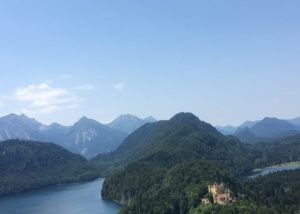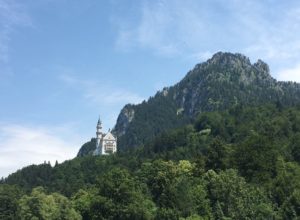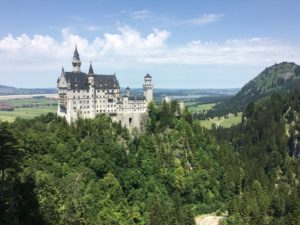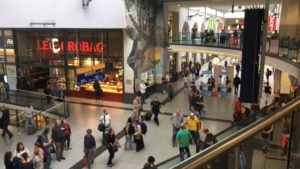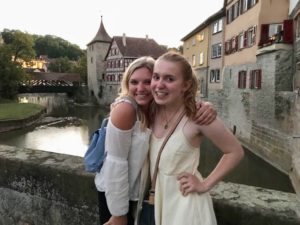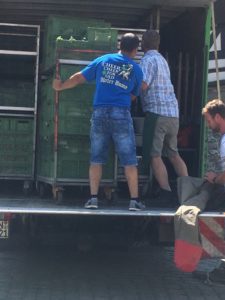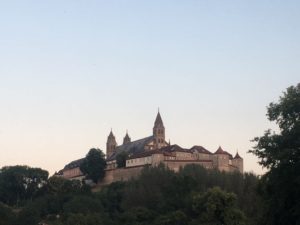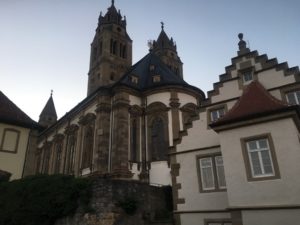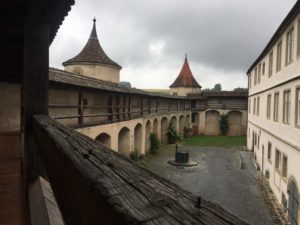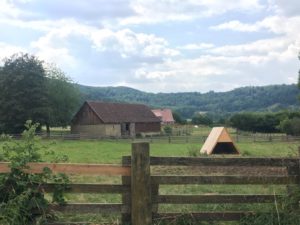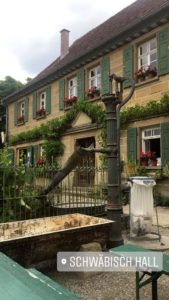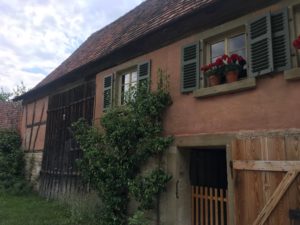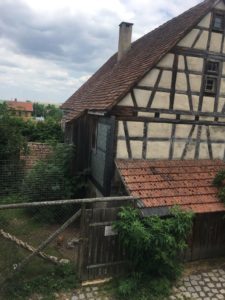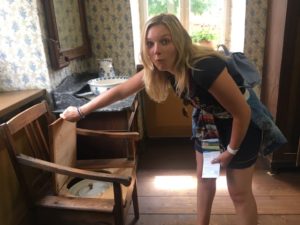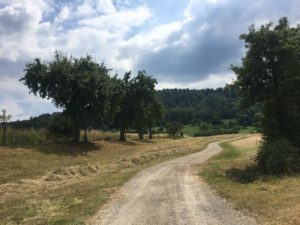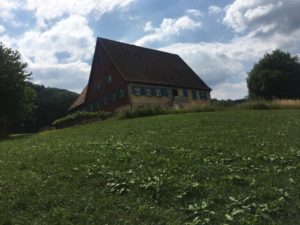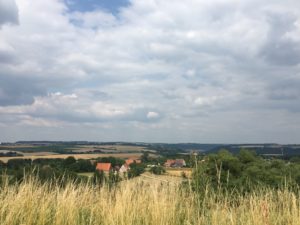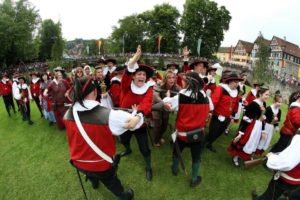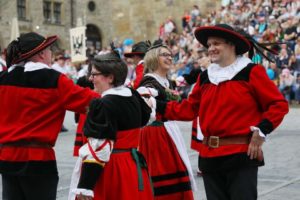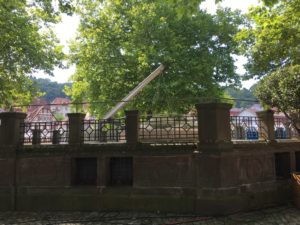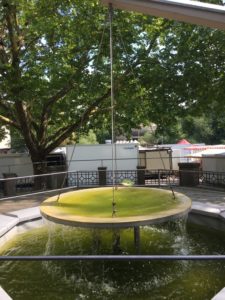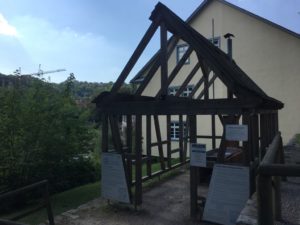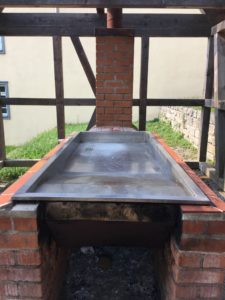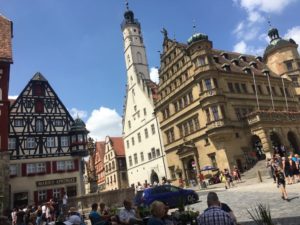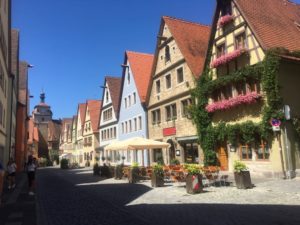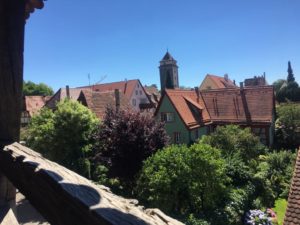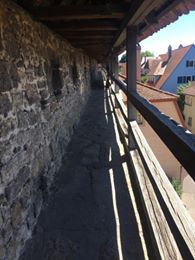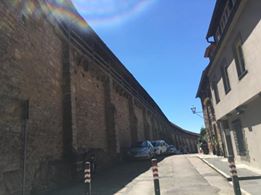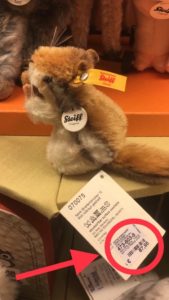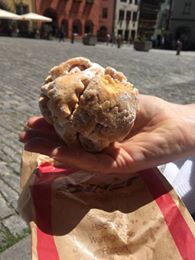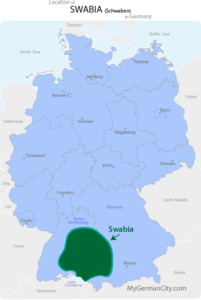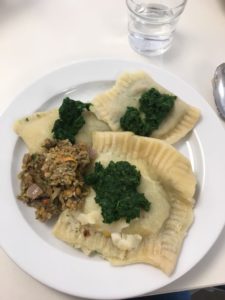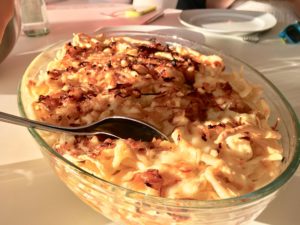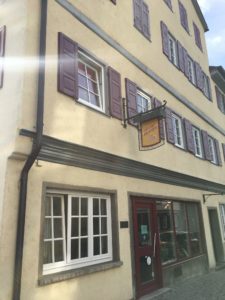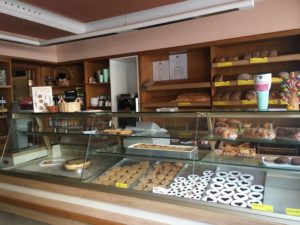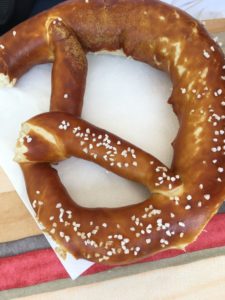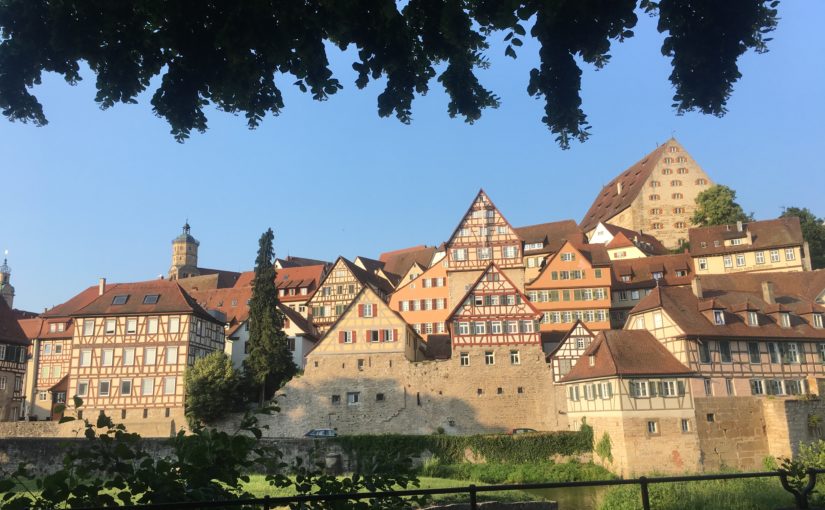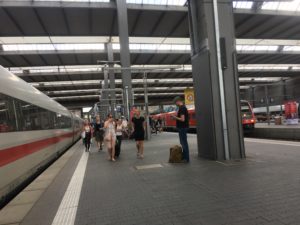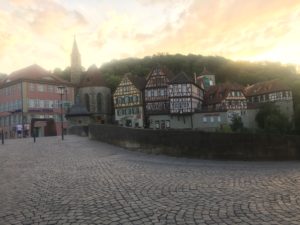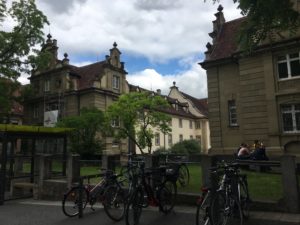Reflect on your language learning and acculturation during your SLA experience.
Language learning is all about practice. At first, I was quite nervous to speak German. I was afraid that I would make a mistake and no one would be able to understand me. But after a short time, I realized that I should not perceive my mistakes as failures, but rather as opportunities for growth in proficiency. By changing my perspective, I was able to overcome my fears and more actively engage in German conversations with my classmates, roommates, and locals. I began to notice significant improvement in my understanding, proficiency, and pronunciation of the language. I was surprised to learn that by the end of the first month, I was able to skip the B1.1 language level at the Goethe Institut! This experience surpassed all of my goals for language development and I cannot thank the Notre Dame community enough for making it possible.
Reflect on your SLA experience overall.
The SLA experience has changed my life forever and for the better. I noticed significant improvement in my pronunciation and proficiency of the German language; developed a greater understanding and appreciation for German politics, history, and culture; and made friends from all over the world. Not only that, but I learned that I could survive in a foreign country by myself and in my attempt to do so, I developed a greater understanding of and appreciation for immigrants all over the world. It takes incredible courage to leave everything and everyone that is familiar and adapt to a new land, culture, language, and laws in hopes for a better life.
I would encourage everyone to apply for the SLA Grant. The SLA Grant offers the unique opportunity to travel across the world to learn almost any language of interest with complete financial support from Notre Dame. Take advantage of it because such an opportunity is unlikely to recur.
How do you plan to use your language and intercultural competences in the future?
After my two months in Germany, I am still considering a career in International Law and Human Rights. Upon my return to campus, I will continue to take German language courses and participate in as many German-related extracurricular activities as possible. I also plan to give back to the Notre Dame German Department by tutoring younger students in German at the Center for Languages and Culture on campus. Furthermore, as an intended political science major, I plan to write a senior thesis that would require advanced language skills. The SLA experience has helped me navigate how I would like to continue my educational career both at Notre Dame and beyond.
